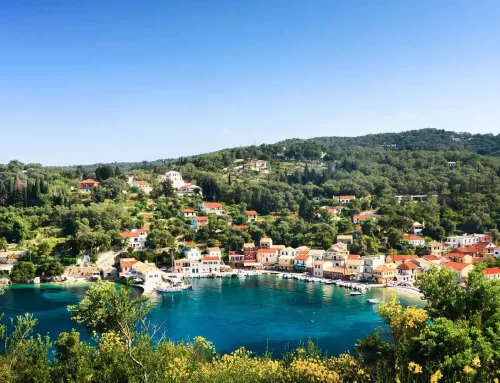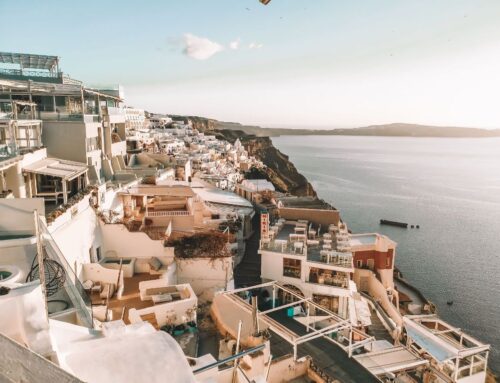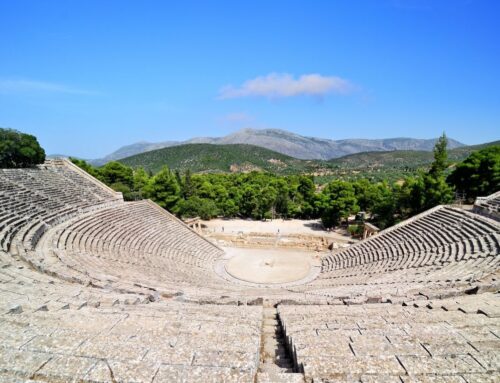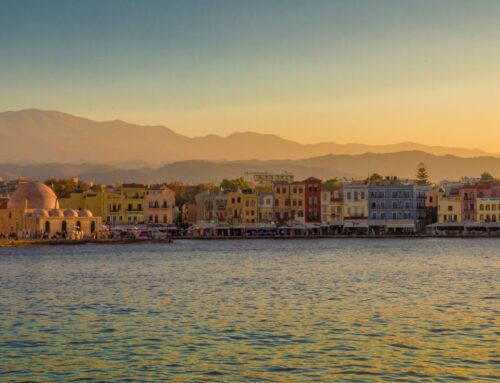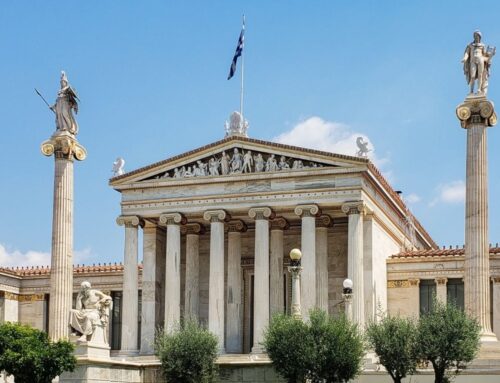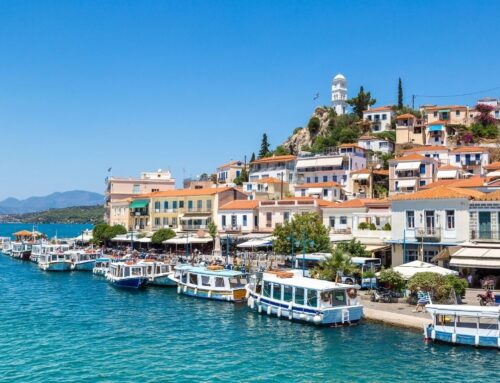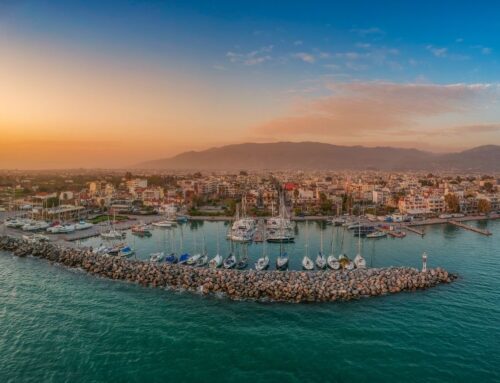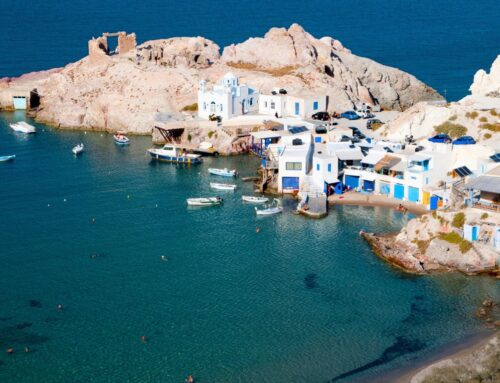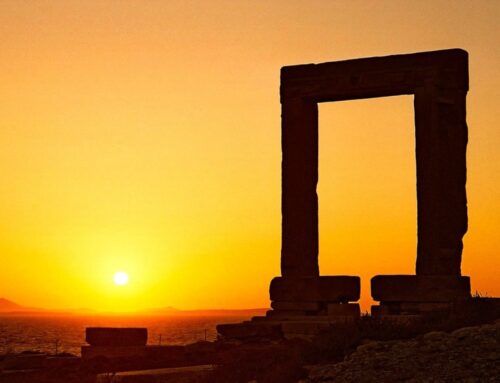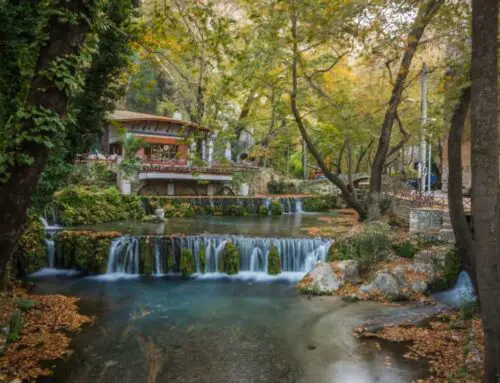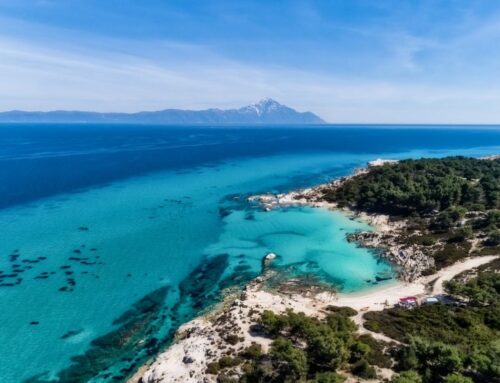A Walking Guide For The Best Monuments In Athens
A Walking Guide For The Best Monuments In Athens
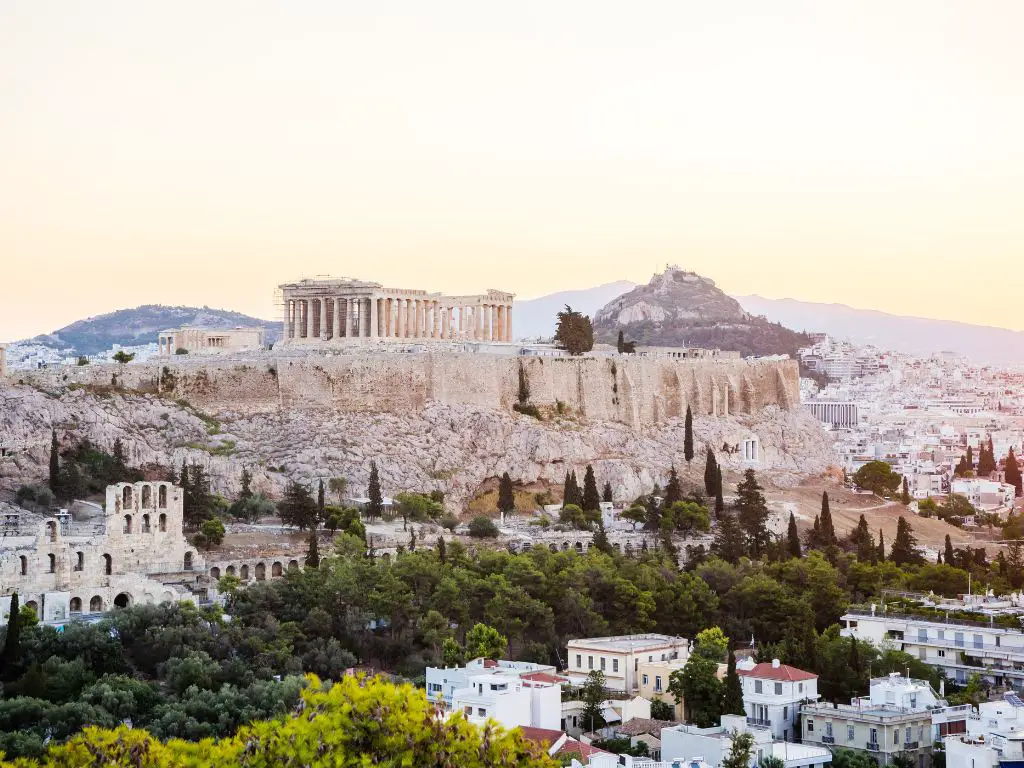
☞ Table of Contents:
This walking guide will take you through the city and past the most important monuments in Athens.
Sometimes the best way to see a place is on foot. This way you can take your time and set your own pace and see all the finer details that may be missed otherwise. This walking guide takes you on a route that passes some of the most important monuments in Athens. It is about 3 km and will take you around an hour.
Syntagma Square
Syntagma square is the perfect place to start your self-guided walking tour of Athens. Here you will be surrounded by the hustle and bustle that is both local commuters coming to and from their daily business and excited tourists, map in hand, waiting to explore the city. The square is central to all the best monuments of Athens and one of the main metro lines runs directly under the square, so if you’d prefer to catch the underground to one of these destinations you can do so from here.
From the square you can see both the Parliament on one side and on the other the main street of Athens, Ermou Street. This is a fantastic place to go shopping or pick up some street food for a snack. Thanks to this central location you are also close to a number of museums that are just around the corner, such as the Museum of Cycladic art, Benaki museum and Byzantine museum, to name a few. You’ll have to check these out later!
☞ Related: 4 Most Important Museums In Athens You Need To See For Yourself
- Tip: There is an information booth located in the square, just before the pedestrian crossing to Ermou Street, so should you have any questions helpful staff will point you in the right direction.
Greek Parliament
[/vc_column_text][vc_separator color=”black” border_width=”2″][vc_empty_space][vc_column_text]Across from Syntagma square lies the Greek Parliament. Every hour on the hour, the changing of the guard occurs outside the building. Here you will see the guards, known as Evzones which are a unit of the Hellenic Army, standing rigid and unflinching in front of the Monument of the Unknown Soldier, which commemorates all the unknown soldiers who lost their lives at war. After their hour of guarding is complete, they are replaced by new soldiers in a traditional ceremony where they perform a series of coordinated moves.
The Academy
If you’re in need of something to do before the change of guard, the Academy of Athens is just down the road. In ancient times the Academy was a school founded by Plato and a place where the great thinkers of the time came to have discussions about anything from philosophy to astronomy. Today the Academy of Athens, established in 1926, is involved in supporting the advancement of the sciences, fine art and the humanities, its name giving reference to Plato’s once flourishing organisation.
☞ Related: A Simple Guide To The Most Famous Greek Philosophers
On the same street you’ll also see the National Library and the University of Athens. Along with the Academy of Athens these three buildings make up the ‘Trilogy’ and are often considered to be the intellectual heart of the city. These three buildings can be found on Panepistimiou Street and offer a fantastic view of the neoclassical architecture eminent of the mid 19th century.
- Directions: After you’ve caught the changing of the guard in front of parliament head across the square and down Ermou street and browse the shops. You will take the next left down Fokionos Street after Marks & Spencer to the next monument, Metropoleos Square.
Metropoleos Square
In this square you will see the Metropolitan Cathedral of Athens which was once the most important in all of Greece, and a place for royal coronations, marriages and funerals. After Athens was named the capital of Greece the cathedral was commissioned to mark the cities new status. After 20 years of construction it was completed in 1862, with a simple neo-Ottoman marble exterior and a decorative Byzantine interior. The church of Agios Eleftherios or the ‘little cathedral’ stands in the shadow of the newer metropolis, you will see it on the right when facing the entrance.
☞ Related: The Most Amazing Churches In Thessaloniki
In the square you will also see the monuments of two important Greek figures, Archbishop Damaskinos and Emperor Constantine XI, the last Byzantine emperor. Damaskinos was an important figure during the second world war as he became the first prominent Christian church leader to openly portray his position against the Nazi’s deportation of Jews during the occupation, “all the children of Mother Greece are an inseparable unity: they are equal members of the national body irrespective of religion or dogmatic difference”.
Monastiraki Square
Monastiraki square is a hub for tourists and if you venture into the warren of alleyways that branch off from its center you will find an extensive flea market that has handmade crafts, souvenirs, fine linens and slogan tees, leather bags and sandals and intricate tapestry. Along with the stores there are plenty of restaurants to choose from in the area, so there really is something to satisfy all your needs. In the square you’ll also get your first glimpse of the Acropolis on the hill. This is the direction you’ll be heading in next once you’ve taken your time to explore the square.
☞ Related: While you might not have time on this walk, the archaeological sites of the city are not to be missed. Check out a list of the 10 most important in Athens here.
- Tip: Tourists in this area are often targeted by friendly people handing out bracelets. Just be warned that after accepting one they’ll insist you pay a fee, and may make a scene if you refuse. Best bet is to politely decline and keep walking.
- Directions: You will continue through Monastiraki square towards the Acropolis, follow the boundary of Hadrian’s library which will take you left. Keep walking straight and onto Adrianou street, delving into the suburb of Plaka and onto the next monument.
Lysicrates monument
Adrianou street ends at a T intersection and if you take a right you’ll see the Lysicrates monument just ahead. A tall cylindrical marble monument that is engraved with Corinthian columns supporting a dome at the top. Now a standout feature of this square, it was not always the only monument like it on this street. The Theatre of Dionysus lies close by at the Acropolis and groups of performers in the Greek chorus would compete here with the support of wealthy Athenian sponsors, or choregos. This monument is a grand trophy of sorts as it was commissioned by the choregos Lysicrates to commemorate his winning performers in 334 BC. Excavations in the 1980s found many choragic monuments in the area that once lined this street.
- Directions: After you’ve seen the Lysicrates monument go back in the opposite direction and walk towards Hadrian’s Arch and turn left at the major intersection. Continue for about 100m and you will see the next monuments to your right on the other side of the road.
Alexander The Great And Lord Byron
Here on the edge of the National Gardens you will come across two different monuments. The first you will see is Alexander the Great astride his horse Bucephalus. Alexander III or Alexander the Great, as he is commonly referred to, was the Macedonian king from 336 to 323 B.C. Tutored by the philosopher Aristotle, Alexander became a powerful leader responsible for conquering the Persians and uniting Greece.
The statue behind Alexander depicts Lord George Gordon Byron being crowned by a woman. Lord Byron was an English poet and hellenophile (lover of everything Greek). Having previously traveled to Greece when he was younger, Byron discovered a love for the country and when he was invited to join the Greek revolution in 1823 he took the opportunity to support Greece breaking free of Ottoman rule. He invested copious amounts of his own fortune in support of the revolution. ‘The mountains look on Marathon, And Marathon looks on the sea, And musing there an hour alone, I dreamed that Greece might still be free.” Unfortunately he died before he could ever see this happen but is known and honored in Greece to this day.
- Directions: Continue past the monuments on the outskirts of the National Gardens. When the road starts to veer left and you will catch a peak of the next monument, Kallimaromaro, over the trees on your right. Cross the road to go and see it.
Kallimarmaro
Kallimarmaro, or the Panathenaic Stadium, is a true marvel. This stadium is made entirely of marble (kallimarmaro literally meaning ‘made out of fine marble’) and is the only one like it in the world. The stadium resides on the same historical site in which the Panathenaic games were once held. It was reconstructed in 1896 and hosted the first of the modern Olympic Games. Nowadays the stadium, with a capacity of 50,000 people is host to both sporting events and concerts.
After you have seen the stadium, you may wish to walk through the National Gardens which are just opposite, here you can cut back into Syntagma square.
How did you enjoy this guided walking tour? What was your favourite of the monuments in Athens?
*Disclaimer: This page includes affiliate links. If you decide to book something through one of them, I might get a little bonus, but it won't cost you anything extra.*



